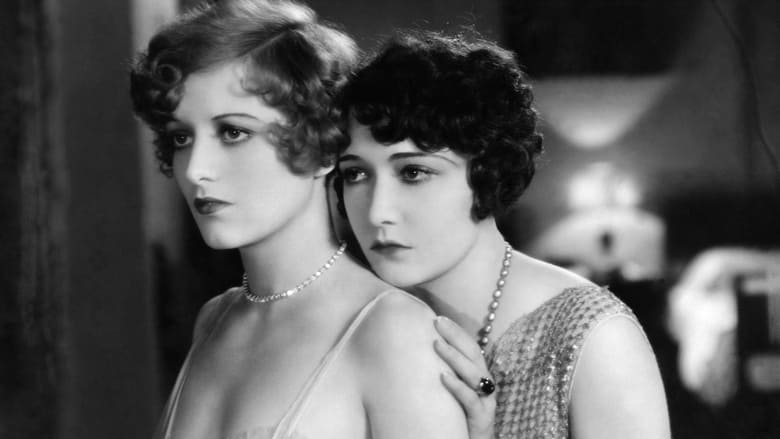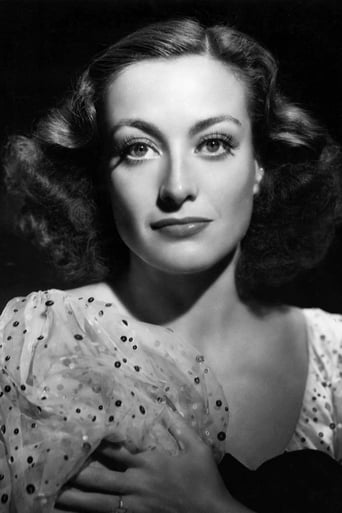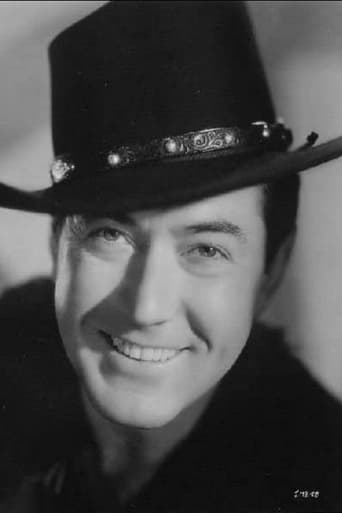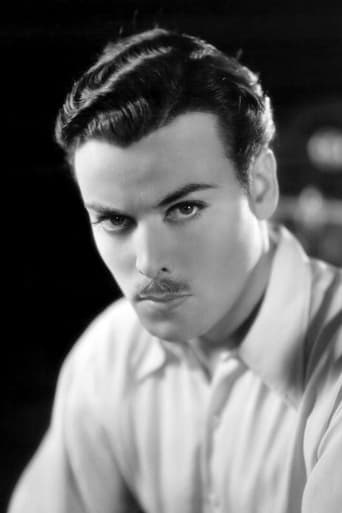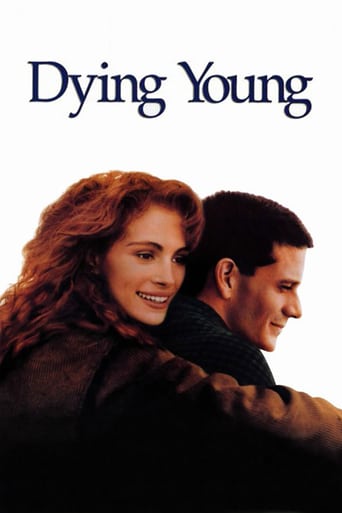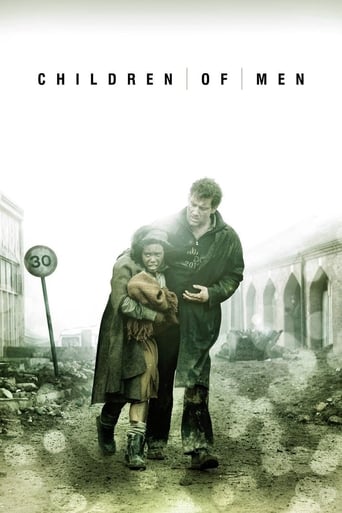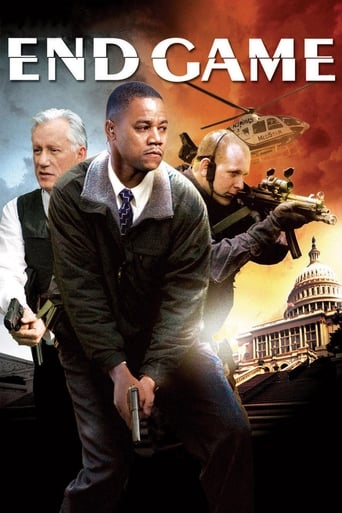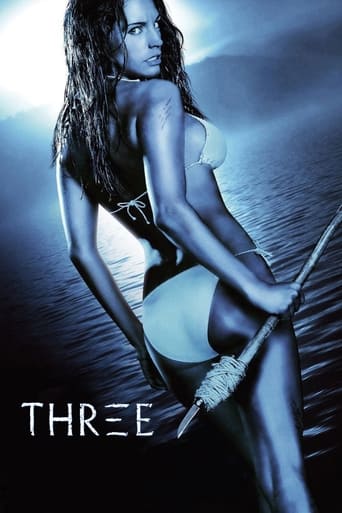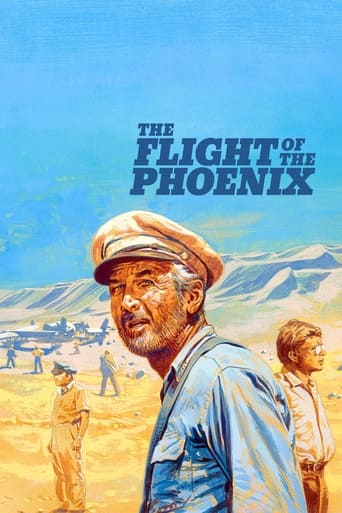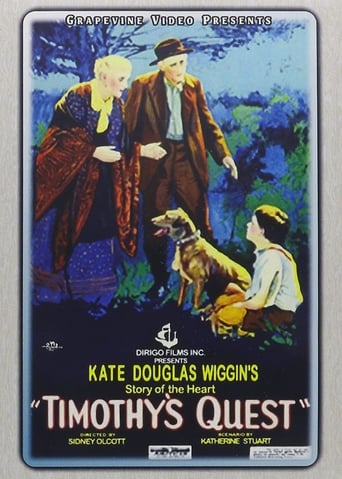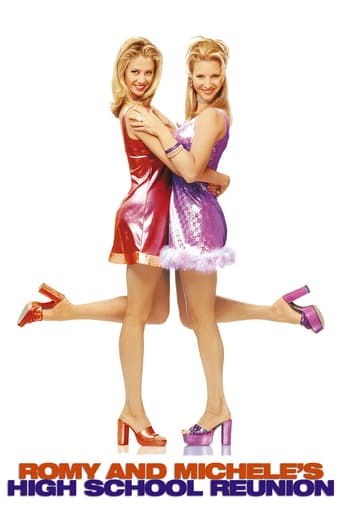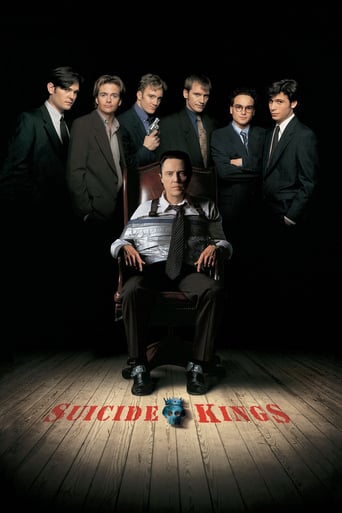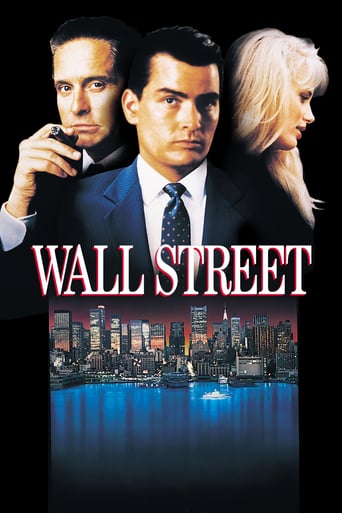Our Dancing Daughters (1928)
A flapper who's secretly a good girl and a gold-digging floozy masquerading as an ingénue both vie for the hand of a millionaire.
Watch Trailer
Free Trial Channels
Cast


Similar titles
Reviews
Overrated
Crappy film
I am only giving this movie a 1 for the great cast, though I can't imagine what any of them were thinking. This movie was horrible
Amazing worth wacthing. So good. Biased but well made with many good points.
Our Dancing Daughters (1928)Listed as a "silent" movie but actually an early synched-score movie with intertitles, and it's a really good one. If you think a dance and music movie can't be silent, check this out. Yes, it's 1928, less than a year after "The Jazz Singer," but we see a full blown plot about infidelity, some pretty terrific photography, and dancing like only 1928 can offer.The star is the ever self-aware Joan Crawford.But there is a whole slew of beautiful "girls" on hand here, daughters all of them, and parents with different kinds of acceptance and worry. All these young women are going out to party hard, and some disguise their intentions and others just let loose. There are lots of scenes for the men in the audience—women dressed in as little as possible for the times (which was quite little, before the 1934 Code) and lots of legs and bright faces and big eyes. That of course is also the downfall of what is a pretty amazing movie, filled with crazy fun dancing. Crawford was famous for her dancing (she won lots of trophies going out to local competitions—and I mean Crawford, not any character). We see it here. She's the wildest of the women (she tells one suitor she is "Diana the Dangerous"), and one parent even bemoans that their sweet girl is cavorting with the likes of such a wild one.But what else does this movie offer? Great question. I think it might be about courtship, or falling into superficial love, or maybe just how to snake a rich due with some lifted gauzy skirts. The men don't have much to offer, or show—they are fully clad in expensive tux-like suits. Alas. It's worth saying, as a photographer, that the visuals are really nice even if the camera is often stuck to a tripod. The use of very shallow focus (allowing for great soft backgrounds behind the sharp foreground figures), and the atmospherics of the place (the rocky coast, or the rainy day) are great. This is no German Expressionist film— nothing that remarkable—but George Barnes does what the film needs really nicely. (He did Hitchcock's "Rebecca," to give you an idea of his talent.) You have to see it with this in mind to get it, and then you'll see what I mean, especially the very very careful shallow focus.In the end this is all about boy meets girl and the matchmaking and the engagements and the cheating. It's a fast ride, and if not especially deep or complex, it's fun and wonderfully immoral. I'll say, if you don't like silent movies you should skip this, I think. There are too many silent movie qualities here (like some of the exaggerated reactions, and the stiff over-telling of the story) to keep you going unless you are used to it. But there is a lot of the fun 1920s stuff here if you are prepared for the style. I liked it more than I expected, and some of it even made me wistful and appreciative.
The Roaring Twenties has come down to us in history as an era of good times and continual partying until that stock market crashed and one could no longer afford to party. Joan Crawford got her first taste of first billing and stardom with Our Dancing Daughter where she does the ultimate Charleston of the Twenties.Crawford at first glance is one wild child, but it's just a pose. Down deep she knows when to put on the brakes. She's got two friends she parties with, Dorothy Sebastian who's reticent now, but at one time was the wildest child of all. Sebastian knows that those loose morals of the past have irreparably damaged her reputation. She'd like to really settle down, but whomever she dates is expecting only one thing.Then there's Anita Page who comes off to her friends as prim and proper, but is really the wildest child of all. She's got a nice image, but when she parties, she really parties.Both are after young Johnny Mack Brown who is playing what he was in real life, a recently graduated All American halfback from the University of Alabama. He likes them both and wants a wife to settle down with, but he's not a good judge of character. In fact he's a bit of a dope. He rejects Crawford and marries Page and regrets it soon enough.MGM was stepping into the age of sound ever so cautiously. Sound effects are heard and several songs of the era are interpolated into a soundtrack either sung or played instrumentally. All these players would be talking soon enough on screen.Our Dancing Daughters is a must for Joan Crawford fans and it's a great look at the culture of the Twenties, the Flapper Culture.
For me, there are two alternating pleasures in watching silent movies. The first is the opportunity to watch a fledgling medium, one that is still so much with us today, being born. Silent movies showcase the intuitive genius of a lot of early filmmakers who seemed to just know what to do with these moving images. This is the pleasure of watching Chaplin, Keaton, Murnau, Griffith. But even when a silent movie is not so innovative or culturally fresh or technically groundbreaking, it can still offer up a window into a moment in time. Movies are, after all, a reflection of both what we actually are (sometimes, unintentionally so) and a projection of what we wish to be. Our Dancing Daughters (1928) falls firmly within the second category. Simply put, Our Dancing Daughters is a visual ode to The Jazz Age. Full of flappers, flasks, and slangy intertitles, the interiors are gorgeous art deco museum pieces and all the gals have adorable bobs and fringed dresses. They are young, wealthy, beautiful, and navigating a tangled web of evolving sexual politics. Our Dancing Daughters was pretty risqué for 1928. It had the censors fuming, and kudos to director Harry Beaumont and writer Josephine Lovett for even trying to tackle that rat's nest. Or at least kudos to them for trying to exploit the public hysteria that simmered around the loose morals of 1920′s youth in America. But does the movie hold up to scrutiny when viewed through the old sexual politics lens? Not really.In her first true star turn, a lovely and young Joan Crawford is "Dangerous" Diana Medford, a wealthy socialite who runs with a jazzy crowd. She's vivacious, flirty, full of a lust for life, and not at all opposed to doing the Charleston on a table top. Anita Page plays Diana's friend Ann, a venal little gold digger backed my a money grubbing mom. Diana falls hard for Ben Blaine (Johnny Mack Brown), a super wealthy playboy who's just looking for a nice gal to settle down with. Ann falls hard for Ben's cash and we have a good old-fashioned cat fight on our hands. There's a nifty little side plot concerning Diana's gal pal Bea (Dorothy Sebastian), who will be eternally tormented for her bad girl indiscretions prior to marrying Norman (Nils Ashter).So here's what happens Ben is drawn to Diana but mistakes her vivacity and verve as loose morals. Diana is not the kind of girl you marry. Ann offers him an alternative, with a phony little-miss-innocent act, and the damn fool falls for it. Diana is heart broken and Ann goes about her boozing and catting ways, rewarding herself with diamonds for serving out the sentence of her marriage. Ben is unhappy, realizes he's made a HUGE mistake, but *spoiler alert* Ann gets her Karmic comeuppance when she falls down the stairs and breaks her pretty little neck, leaving Ben and Diana to be happy together forever. The moral of the story: hussies always lose and good girls always win, even in these crazy modern times when it's at first hard to tell which girl is the tart and which one is virtuous. As progressive and daring as Our Dancing Daughters pretended to be, it ultimately reinforced traditional sexual mores without really celebrating the liberation of women. Even while pulses raced at the saucy script and semi-shocking visuals, the movie also puts a reassuring hand on the viewer's shoulder and says, "See, they only seem wild, but they're still nice girls. And if they aren't, they'll eventually get theirs." It's not at all unlike Sex and the City, where even after 6 seasons of free-wheeling sexual independence, the only satisfying conclusion could be Carrie Bradshaw's marriage to Mr. Big. Some things never change, I suppose.With all that said, if you watch movies made in 1928 to explore sexual politics, you're most likely a fool. It's a testament to the complexity of Our Dancing Daughters that it provokes the same kind of head-scratching discussion of where women really fit into society that we still engage in today. But that's not the reason to watch this movie. Watch it because it is a sheer delight to watch. It's fast, fun, and Joan Crawford is a revelation. I personally love the crazy eyebrows, line-backer shoulder pads version of Joan, but to see her young, fresh, and really shaking a tail feather is a pure joy. And despite the confused social messaging of the movie, Our Dancing Daughters is a pretty little time capsule of 1928. The clothes are perfect and the art deco sets are stunning – the sort of thing that might make girls from small Southern towns move to New York City (you know, I have a friend of a friend, or something). The slangy title cards ("Mother – how vicious!") are pure fun.With the benefit of hindsight, Our Dancing Daughters also has a little taste of the bittersweet. The theatrical release date of September 1, 1928 puts this little gem almost exactly one year after the release of The Jazz Singer and almost exactly one year prior to the Wall Street Crash of 1929- two events that will be cataclysmic to the industry and the world that made Our Dancing Daughters possible. That makes the movie feel like a fragile thing – like a butterfly wing or a fire-fly in a jar – beautiful, but doomed. As ever, I remain grateful that the camera were rolling.
Joan Crawford was THE flapper.People who know her from her padded-shoulder days might not know she was well known as a dancer in the early days of her career and of motion pictures.She was very watchable, usually, and certainly so in "Our Dancing Daughters." Anita Page was paired with Crawford often, but here she is a not very likable character. Too bad, but she is very good in the role.In a more agreeable part, Dorothy Sebastian is very likable, and very pretty.Nils Asther is cast in a not too sympathetic role, too, and Johnny Mack Brown, still better known for his cowboy roles, also plays a dumb man and the two of them make us wonder what women see in us anyway.Frankly, the film is predictable in its plotting, but the people are worth watching.The version I saw was on Turner Classic Movies, and the soundtrack was rather annoying. One particular vocal recording was played again and again and again and became very intrusive.I recommend watching it for its historical value, but can't imagine wanting to see it more than once.

